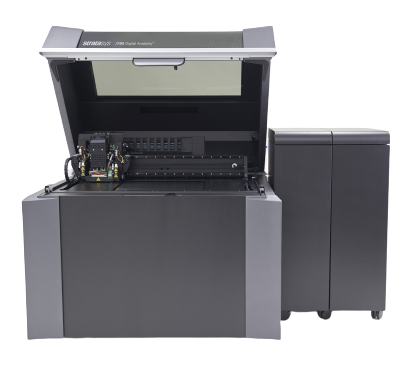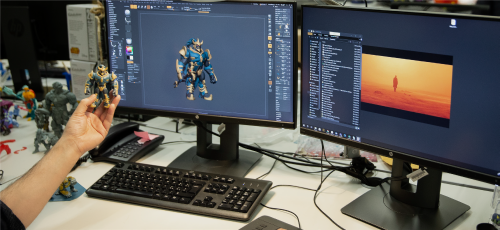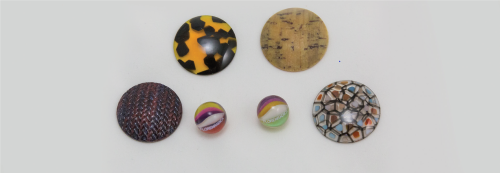- PolyJet Legacy Printers
- Alaris30 V1
- Connex260
- Connex350/500
- Eden250
- Eden260
- Eden260V/VS
- Eden330
- Eden350
- Eden350V/500V
- J700 & J720 Dental
- J750/J735
- J750 Digital Anatomy
- Objet24/30 V2 Family
- Objet24/30 V3 Family
- Objet30 V5 Pro & Prime
- Objet260 Connex 1-2-3
- Objet260 Dental & Dental Selection
- Objet350/500 Connex 1-2-3
- Objet1000 Plus
- PolyJet Materials
- Agilus30 family
- Biocompatible
- Biocompatible Clear MED610
- Dental Materials
- Dental TrueDent Materials
- Dental TrueDent-D Materials
- Digital ABS Plus
- DraftGrey
- Elastico Clear/Black
- High Temperature
- PolyJet Support
- Rigur & Durus
- Tango
- ToughONE™
- Transparent
- Vero ContactClear
- Vero Family
- Veroflex
- VeroUltra Opaque
- Vivid Colors
- Stereolithography Materials
- Somos® 9120™
- Somos® BioClear™
- Somos® DMX SL™ 100
- Somos® Element™
- Somos® EvoLVe™ 128
- Somos® GP Plus™ 14122
- Somos® Momentum™
- Somos® NeXt™
- Somos® PerFORM™
- Somos® PerFORM Reflect™
- Somos® ProtoGen™ 18420
- Somos® ProtoTherm™ 12120
- Somos® Taurus™
- Somos® WaterClear® Ultra 10122
- Somos® WaterShed® AF
- Somos® WaterShed® Black
- Somos® WaterShed® XC 11122
J735/J750 3D Printers Support

The Stratasys J750/J735 3D printers allow you to streamline and economize the process of producing models from different materials on the same build tray, in the same print job. With the J750/J735 3D printers you can designate colors for parts of a model at the design stage (with CAD software) and save the model as a VRML file, and have the model print with the desired colors.
The Stratasys J735 has a build area of 350 x 350 x 200 mm (13.8 x 13.8 x 7.8 in). The Stratasys J750 has a build area of 490 x 390 x 200 mm (19.3 x 15.35 x 7.8 in).
- 100–120 VAC, 50–60 Hz, 13.5 A, 1 phase
Or
220–240 VAC, 50–60 Hz, 7 A, 1 phase
AC Power Requirements
- Required prior to printer installation.
- Confirm at http://[printer IP address]:80.
- Static IP address.
LAN Requirements

1:59
Dynamic Nozzle Test - J7 and J8 Series

2:26
Filter replacement - J7 and J8 Series
Featured Case Studies

Giochi Preziosi - EN PolyJet Case Study
Founded in 1978 in Italy, Giochi Preziosi is the first Italian toy manufacturer and the fourth branded toy company in the European covered market (EU4). The company decided to invest in a Stratasys J750™ 3D printer to leverage full color, multimaterial 3D printing for ultrarealistic prototyping to visualize new ideas in the innovation pipeline.

Florenradica - EN PolyJet Case Study
Florenradica, a manufacturer and provider of accessories to the fashion industry, including many of the world’s leading fashion brands. In 2014, a new iteration of the company was formed with a business model focused on leveraging 3D printing to service its customers. Today, 3D printing is the sole technology deployed in-house for design and manufacturing.























